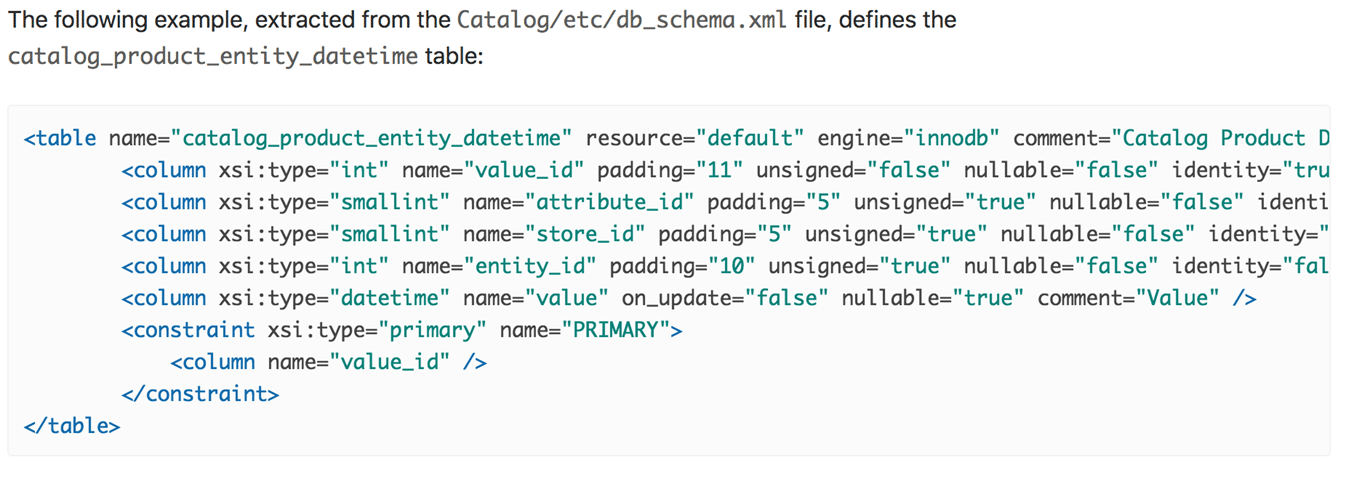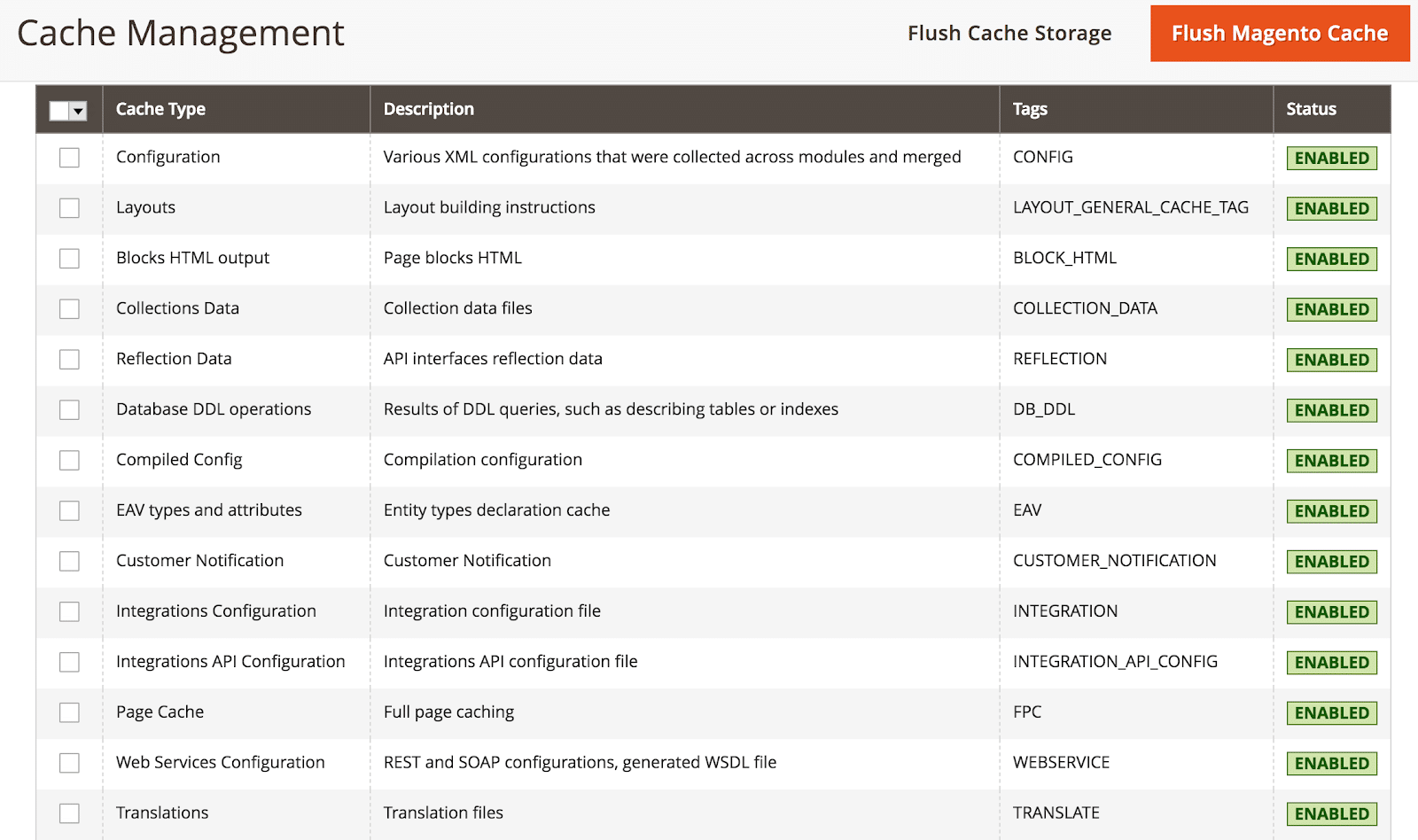At the Magento Imagine Conference in April 2018, Magento declared the following critical discharge on the Magento stage – Magento 2.3. It has gigantic highlights, improvements, and back-end upgrades. It is scheduled for discharge toward the year’s end.
The following are the new highlights of the new, yet to be discharged Magento 2.3.
1. Dynamic Web App (PWA)
Versatile online business is developing at a cosmic rate. Truth be told, it represents 34.5% of all out internet business deals in 2017and it is relied upon to ascend to 54% of absolute web based business deals by 2021. Be that as it may, the issue is, most web based business proprietors experience low change rates and trouble in making and overseeing client experience, thus the formation of Magento Progressive web applications (PWA) studio. The PWA offers a dependable, quick and drawing in experience that can help soar transformation rates as much as half and furthermore increment income.
A progressive web app is an application that uses the latest technology to combine both web and mobile applications to help developers create online stores as progressive web apps. It works like webpage but can work offline, use a camera and get push notifications.
Progressive web apps have tools and libraries such as webpack, ReactJs, Redux, GraphQL, that will help to personalize content and local preferences, fast prototyping, helpful debugging and enhance productivity.
2. GraphQL support
The GraphQL is an inquiry language made by Facebook in 2015. It is an API innovation that will empower dynamic web application to push and draw data from the Magento store utilizing littler bundles of information. It enables you to demand information when you need it and furthermore make littler API demands.
It permits improvement instruments and subsequently, make GraphQL an adaptable and compelling methodology. This outcomes in quicker stacking occasions even on moderate system associations than the customary APIs of Magento 2.
3. Revelatory DB Schema
Revelatory outline makes it easy to introduce and redesign Magento adaptations. Prior to now, each time engineers needed to compose database contents in PHP for the new form of Magento.
For example, in the present rendition of Magento, you can change the blueprint of a Magento database by composing code with InstallSchema and UpgradeSchema. In any case, with the new Magento 2.3, you can impact changes by utilizing a revelatory database blueprint. Along these lines, you can without much of a stretch erase information when you uninstall a module. Belo is a model:
4. Nonconcurrent and Bulk Web API
In the present form of Magento, when you make an API demand, it is lined up until it wraps up the solicitation before it. This implies it will require some investment to process reactions. The bigger the quantity of changes and demands, the more drawn out time it will take for the reaction.
Yet, the offbeat API makes it simple to run various API demands simultaneously. This infers incorporations won’t have to trust that solicitations will be finished when making the calls. The nonconcurrent API upgrades the exhibition of mixes that need bunches of API calls. It is useful for huge sites that have mass API demands. They can undoubtedly make mass solicitations without sitting tight for a reaction from the server.
5. Elasticsearch
The MySQL web index was powerless and it has a great deal of issues that are hard to understand. Other than that, it causes a ton of execution issues when you use it to make highlights, for example, full-content hunt, item posting source and faceting. This is the reason Magento made the ElasticSearch to take care of the issues and make the hunt to be increasingly significant.
Elasticsearch is an outsider web index that can keep running on any committed server. Beforehand accessible in the Magento business, it will be joined into the Magento open source in the new Magento 2.3. It is a component that forces Magento site search with faceted pursuit. It improves the speed and importance of your online store indexed lists.
6. PHP 7.2 Support
The Magento 2.3 adaptation will have the help of PHP 7.2. This will upgrade the presentation and add new highlights to Magento 2.3. It additionally improves security.
7. Multi-Source Inventory (MSI)
As of now, Magento oversees one stock framework. Along these lines, it is hard to oversee distinctive channel inventories from a site.
The new Magento 2.3 will have a multi-source stock (MSI) highlight that will empower you to oversee stock from various hotspots for request satisfaction. This is useful in the event that you stock your online store things in various distribution centers. Likewise, you can save stock with the guide of another table structure in the database.
The following are more advantages of the multi-source stock (MSI):
Multi-source stock (MSI) in Magento 2.3 will assist you with managing hotspots for stock areas.
- It will empower you to oversee stocks for each channel.
- It will assist you with managing list item stock
- It will oversee orders
8. Page Builder
The Page Builder is controlled by an organization that was obtained by Magento – BlueFoot CMS.
BlueFoot is a basic substance altering framework that has a simplified usefulness and adaptable line and segment designs. Its format makes it simple for anybody to make modified pages on Magento without having an earlier learning of Magento styling and designs. You can utilize it to make any page, review it simply like you utilize some other CMS stage, for example, WordPress.
It is particularly incredible for clients that don’t have the foggiest idea how to code with HTML or CSS.
9. Cache Management ACL
Magento has various types of reserve and an activity to the store can block the framework’s exhibition. Likewise, as the quantity of site clients expands, reserve flushing strategy will never again serve to shield your store from dangers. These were the reasons why Magento presents the reserve the board ACL in Magento 2.3 to permit administrators to utilize job authorizations in the Magento’s back-end.
10. WYSIWYG Upgrade
The new Magento 2.3 has an overhauled rendition of the WYSIWYG Editor – TinyMCE. It is been redesigned from form 3 to adaptation 4. The updated rendition has improved highlights and adjustable WYSIWYG.
11. Google reCAPTCHA and Two Factor Authentication
Google reCAPTCHA is a free assistance offered by Google to ensure a site. It very well may be utilized on administrator and client login page, enlistment page, contact structure and overlooked secret key page. It has an in-fabricated device for recognizing malignant and spam exercises.
12. Two-factor validation
Aside from the Google reCAPTCHA, Magento 2.3 has another layer of assurance known as the two-factor confirmation. To utilize it, a client should enter their username and a passphrase. At that point, they should give another data provided by the Google Authenticator application to access the site.




